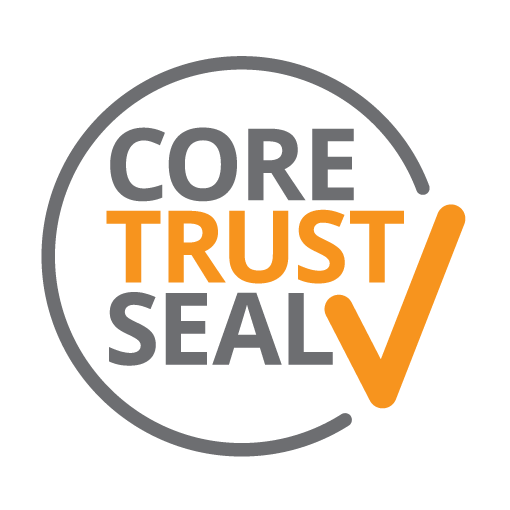Engagement 2.0 - could enterprise 2.0 really improve the work engagement of your employees?
| dc.contributor.advisor | Sid Suntrayuth | th |
| dc.contributor.author | Keim, Benjamin | th |
| dc.date.accessioned | 2019-01-28T07:40:14Z | |
| dc.date.available | 2019-01-28T07:40:14Z | |
| dc.date.issued | 2014 | th |
| dc.date.issuedBE | 2557 | th |
| dc.description | Thesis (M.M.)--National Institute of Development Administration, 2014 | th |
| dc.description.abstract | In the last years a new internet technology called Web 2.0 has changed the milieu of internal communication in many organizations and has given rise to what professionals in business context refers to as Enterprise 2.0. This tool has offered different benefits to organizational communication such as employee collaboration and knowledge sharing. However, while these aforementioned advantages have already been thoroughly investigated and practically tested, it is hard to neglect the view that due to the dynamic developments of organizational communication brought about by the use of Enterprise 2.0, there may be still different angles which remained unexplored or at the least inadequately investigated. | th |
| dc.description.abstract | It is in this light that this paper purposes to explore the extent by which Enterprise 2.0 influences the work engagement of the organizational workplace. This can be achieved by investigating how Enterprise 2.0 affects two variables of work engagement, namely job resources and personal resources, as drawn from the Job Demands Resources theoretical framework (Bakker & Demerouti, 2007). More precisely, this research surveys two focus groups, employees using Enterprise 2.0 for their daily working activities and employees using the conventional means. | th |
| dc.description.abstract | This study fosters an indispensable implication in the field of business especially in Thailand because the number of non-engaged Thai employees is significantly high as indicated in the Employment Engagement Index in 2004 of the Gallup management journal. This poses a huge problem problem because less engaged employees manifest lower productivity in the workplace thereby causing deficit in their respective companies. Henceforth, studying the relationship between Enterprise 2.0 and work engagement which has remained a nebulous angle of business research could yield effective business strategies which may help resolve this problem. | th |
| dc.description.abstract | The findings of this study show that using social media tools does not change the work engagement of Thai employees in general but there are improvements in autonomy as a job resource and optimism as a personal resource of work engagement. Although these influences did not have a big effect on work engagement in this study, Enterprise 2.0 has some positive effects and is also considered as really helpful for interal communication by almost every respondent of the survey. | th |
| dc.format.extent | 102 leaves | th |
| dc.format.mimetype | application/pdf | th |
| dc.identifier.doi | 10.14457/NIDA.the.2014.39 | |
| dc.identifier.other | b192201 | th |
| dc.identifier.uri | http://repository.nida.ac.th/handle/662723737/4120 | th |
| dc.language.iso | eng | th |
| dc.publisher | National Institute of Development Administration | th |
| dc.rights | This work is licensed under a Creative Commons Attribution-NonCommercial-NoDerivatives 4.0 International License. | th |
| dc.subject.other | organizational communication | th |
| dc.title | Engagement 2.0 - could enterprise 2.0 really improve the work engagement of your employees? | en |
| dc.type | text--thesis--master thesis | th |
| mods.genre | Thesis | th |
| mods.physicalLocation | National Institute of Development Administration. Library and Information Center | th |
| thesis.degree.department | International College | th |
| thesis.degree.discipline | Management | th |
| thesis.degree.grantor | National Institute of Development Administration | th |
| thesis.degree.level | Masters | th |
| thesis.degree.name | Master of Management | th |

